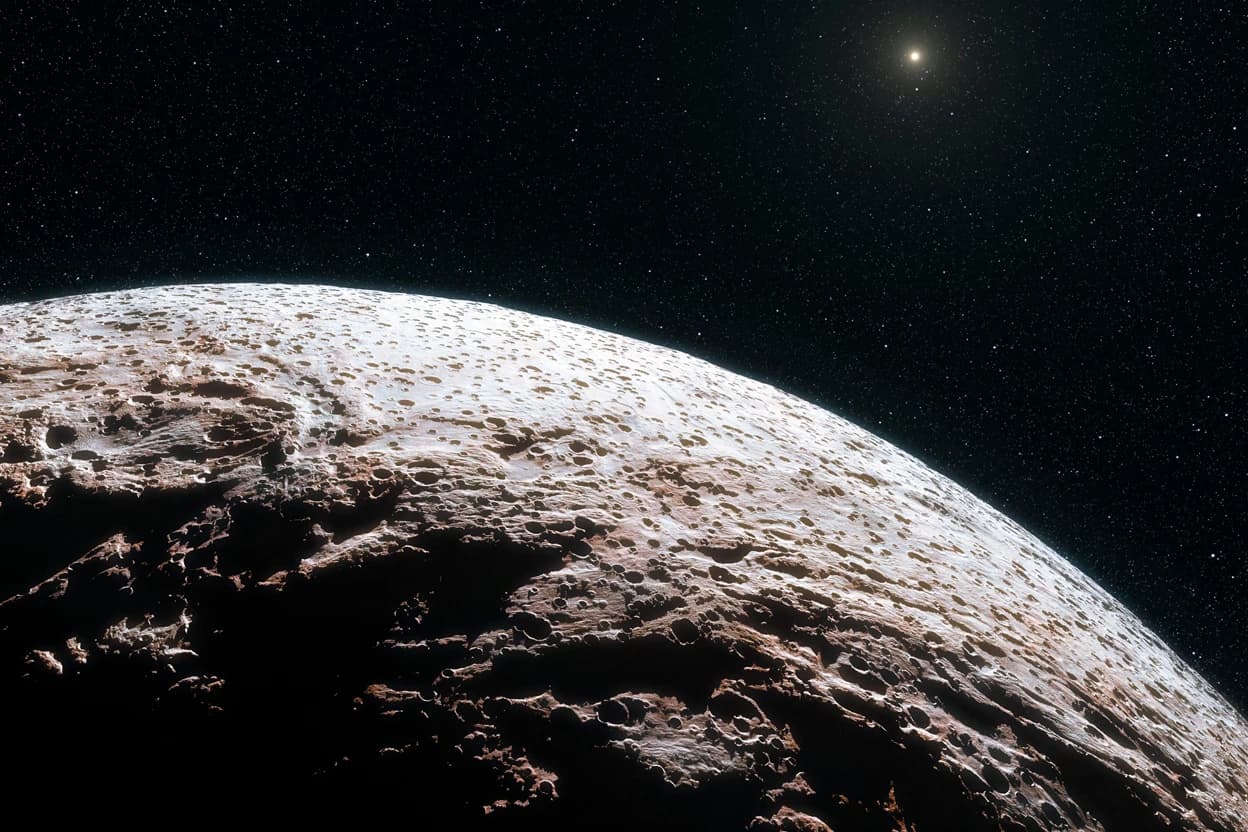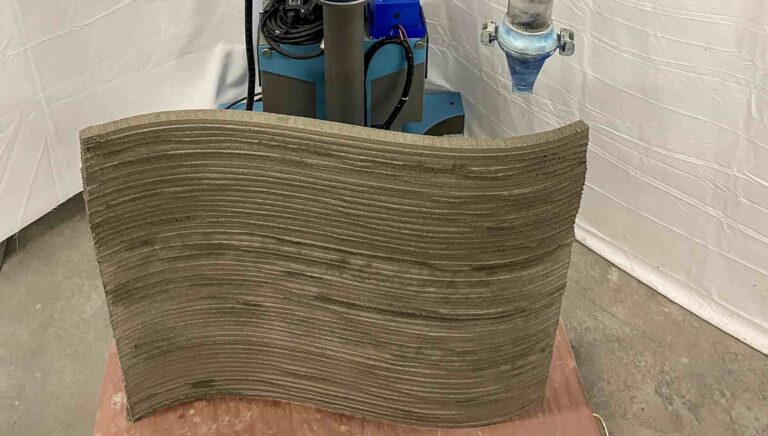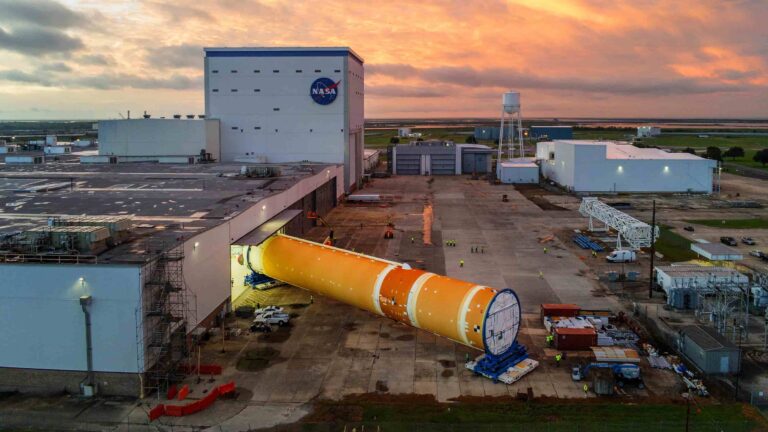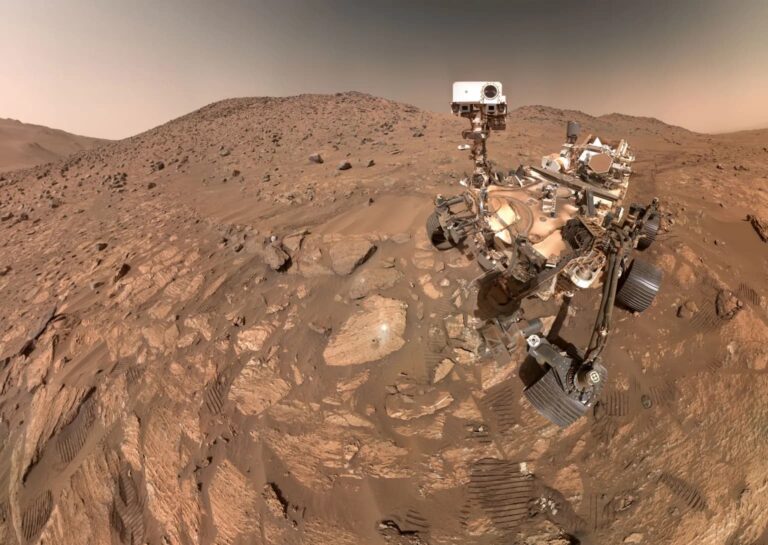Ice Volcanoes in Space? The Frozen World That Could Change Everything
Scientists discover surprising warmth on a distant dwarf planet, hinting at an amazing possibility: volcanoes that erupt snow and ice.
Far beyond Neptune, a tiny frozen world called Makemake (which is smaller than Pluto, orbits the Sun beyond Neptune) is stirring up excitement among astronomers. Why? Parts of this distant dwarf planet are mysteriously warm – though “warm” here still means a bone-chilling -123°C! This unexpected discovery could mean something incredible is happening on this ice-covered world.
The Mystery of the “Warm” Ice World
Using powerful telescopes, including the James Webb Space Telescope, scientists led by Dr. Csaba Kiss found spots on Makemake that are warmer than they should be. Think of it like finding a warm patch in your freezer – something interesting must be causing it.
Two Mind-Blowing Possibilities
Scientists have two fascinating theories about what’s happening:
- Ice Volcanoes: Instead of hot lava, these volcanoes would shoot out a mix of frozen water, methane, and other icy materials from deep inside the planet. It’s like nature’s cosmic snow machine!
- A Ring of Star Dust: Makemake might be wearing a ring of tiny dust particles that trap heat, like a cosmic blanket keeping parts of the planet warmer than expected.
Why This Discovery Matters
If Makemake really does have ice volcanoes, it would join a special group of places in our solar system – like Jupiter’s moon Europa and Saturn’s moon Enceladus – where we can watch geology in action. This tells us that even in the coldest parts of space, amazing things can happen.
What’s Next?
Scientists continue studying this mysterious world, hoping to solve the puzzle of its unexpected warmth. Each new discovery about Makemake helps us better understand our solar system and shows us that space is even more fascinating than we imagined.
*[dwarf planet]: A celestial body that orbits the Sun and is massive enough to be rounded by its own gravity but has not cleared its orbit of other objects
*[James Webb Space Telescope]: The largest, most powerful space telescope ever built, launched in 2021






